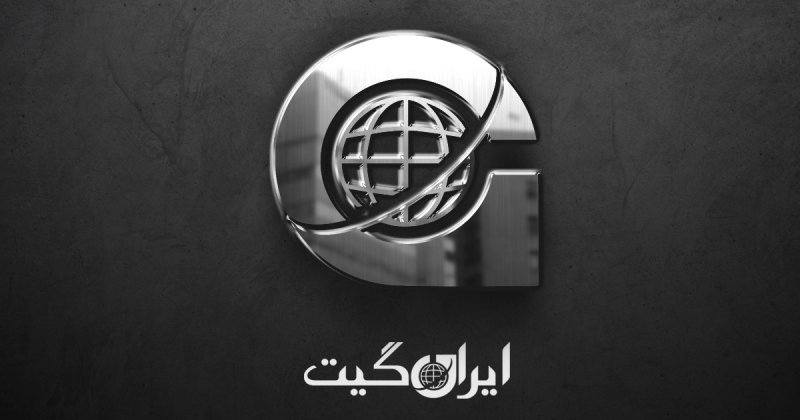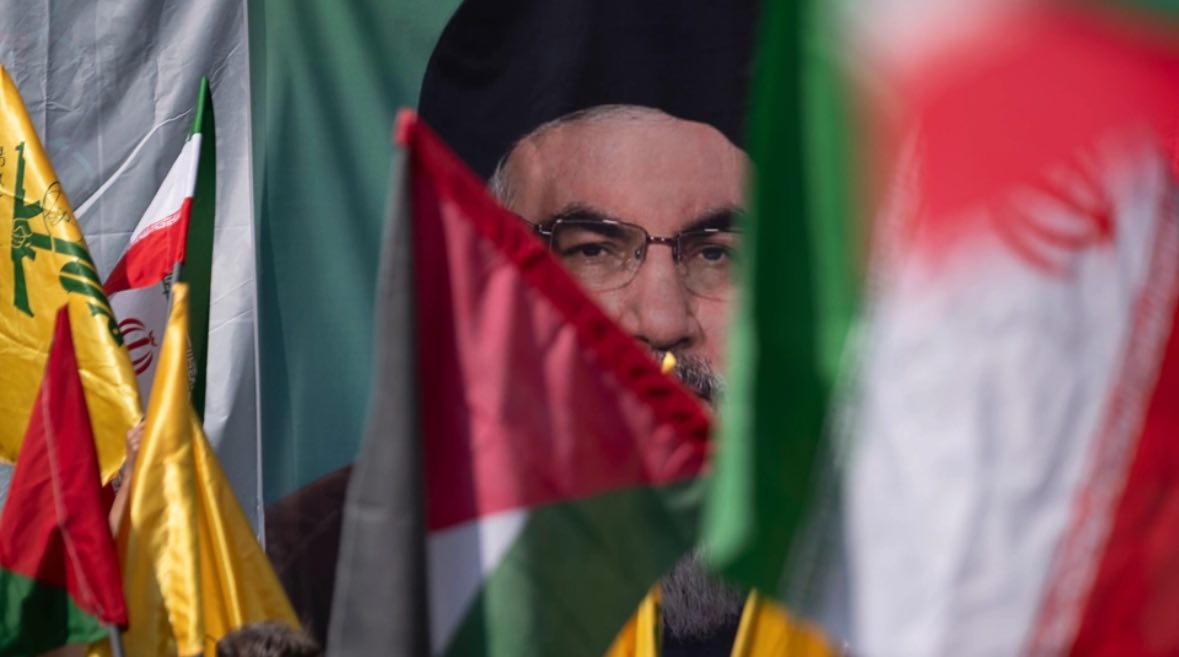Middle East Without Iran: The End of the Shia Crescent Empire
Middle East Without Iran: The End of the Shia Crescent Empire
Saeed Agenji, editor of Iran Gate News Agency, analyzes the latest situation in the Middle East in light of recent developments. Agenji believes the Middle East is on the brink of significant changes. He argues that the gradual removal of Hezbollah from the power equations in Lebanon and Ahmad Al-Shara’s success in Syria, accompanied by a noticeable decline in Iran’s regional influence over the past twelve months, have significantly altered the face of the Middle East. In recent months, a video has gained popularity on social media showing Ahmad Al-Shara, the new president of Syria, riding a black and magnificent horse in a sandy square with a few lively palm trees.
The musical background of this clip is a song that praises the Umayyad Caliphate, a government that dominated the Middle East in the 7th and 8th centuries.
The opening line of the video is ‘The Umayyads are of golden lineage, their name invigorates the hearts of Persian kings.’ However, the truly popular line of this song, ‘I am an Arab Muslim, not an Iranian appendage,’ has been omitted. Nonetheless, the message is clear: Syria is no longer under the Shia Iranian influence and has now returned to the hands of the Sunni majority.
For many Arabs, that era is considered a shining capital of Islamic history. The Umayyads, shortly after the Prophet’s passing, established the first Islamic caliphate and, over ninety years, expanded to Central Asia and North Africa, defeating the Iranians.
Now that Syria is free from Iran’s dominance, some recent events are seen as echoes of that era.
The Fall of Iran’s Influence: A Turning Point in Regional Order
The reduction of Iran’s regional influence, especially its expulsion from Syria, its Arab ally, is a turning point not seen in the Middle East for over twenty years. Observers believe this transformation might lead to a less sectarian environment, one that has been destabilized since 2003 with the capture of Iraq and the rise of Shia power in Baghdad.
With the collapse of Bashar al-Assad’s government last December, the Shia Crescent—a network of armed allies from Iran to Lebanon—fell apart. Unlike other players in this axis who were groups, the Syrian regime was a full-fledged state and the axis of Iran’s operations in supporting Hezbollah and other members of the resistance axis against Israel and the West.
Although religion explains only one aspect of these changes, regional powers like Iran and Saudi Arabia have long used religion as a cover for geopolitical interests. Now, in this new order, sectarianism is no longer the main reason; instead, military policy and economics are at the forefront, with Israel playing a pivotal role in changing the rules of the game.
Syria: A Test for the New Order
Today, Syria has become a new laboratory for the Middle East. Sunni-majority countries like Saudi Arabia, Turkey, and the UAE intend to act beyond religious differences, rebuild Syria, and turn it into an economic hub in the region. The new Damascus government’s most important mission is to contain the sectarian tensions that fueled the civil war. The March massacre of Alawites, a religious minority close to Shia and the Assad family’s origin, and the June suicide bombing at a Christian ceremony indicate the ongoing threat.
Although the new government has roots in Sunni jihadist groups with hostile tendencies towards Shias, its leaders have realized that continuing religious conflict will destroy the dream of establishing a unified state.
The End of a Sectarian Era
Since Iran’s 1979 revolution, the Tehran government has sought to bring the region’s Shias under its political and spiritual umbrella. Ayatollah Khomeini wanted to export Iran’s revolutionary Islam. Although this model was not institutionalized in other countries, Iran managed to create allies with this discourse.
In Lebanon, Hassan Nasrallah took leadership of Hezbollah and benefited from the Islamic Republic model.
However, he admitted in a 2002 interview that fully implementing it in a country like Lebanon is impossible due to Lebanon’s complex social and religious fabric, which prevented the formation of a religious government in the style of Iran.
Experts have reported that in recent decades, Saudi Arabia has also exploited sectarianism in its media and domestic politics. Saudi satellite media in the 1990s and 2000s were filled with hostile rhetoric against Shias.
In 2016, prominent Shia cleric Sheikh Nimr was executed on charges of ties with Iran, and in a 2018 interview, Mohammed bin Salman called Khamenei worse than Hitler.
However, since 2023, Riyadh and other Gulf countries have taken a path of de-escalation. Mohammed bin Salman shut down many religious institutions he considered extremist.
The main goal was to provide stability for economic development, as the growing young population, high unemployment, and the threat of jihadist resurgence forced Arab countries to change their strategy.
Iran-Israel War: A Risky Balance
While countries like Saudi Arabia are not pleased with Iran’s weakening, they worry that this situation has been shaped by Israeli military operations and US support.
Relations with Israel, although tending towards normalization, have been complicated by the war in Gaza and public outrage.
Another difficulty is the unresolved Palestinian issue.
Without progress in this matter, a stable order in the Middle East is unimaginable.
In such an environment, some countries feel caught between two fires: a weakened Iran on one side and a powerful Israel on the other.
The Future of Shias Without Iran
One of the major uncertainties is the fate of Iran’s proxy groups in the region. In the 1990s, after the war with Iraq, Iran mostly focused on domestic policy and abandoned its policy of exporting the revolution. Now, some experts expect another retreat.
In this case, Shia communities from Lebanon to Bahrain and Pakistan might pursue their own nationalist paths instead of relying on Tehran.
In conclusion, although sectarian wounds have not yet healed, new trends are underway in the region. Iran’s withdrawal from Syria signals the end of the previous sectarian era.
The future of the Middle East may be shaped not by military conquerors but by economic development, diplomatic de-escalation, and avoidance of sectarianism. However, as experience has shown, the Middle East has always been a turbulent arena.
The march towards a new order has begun, but it remains challenging, risky, and uncertain.

